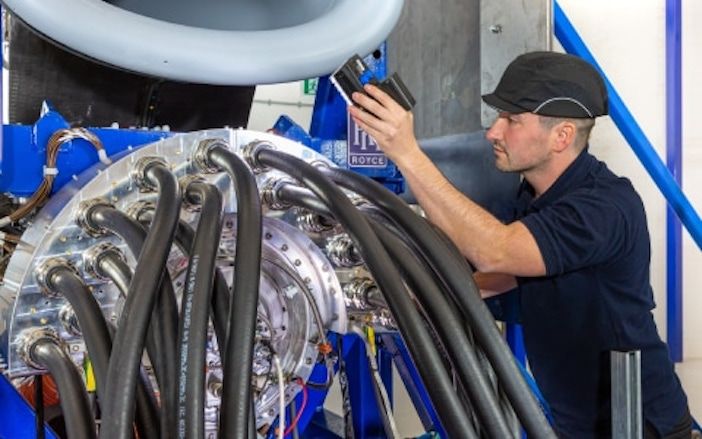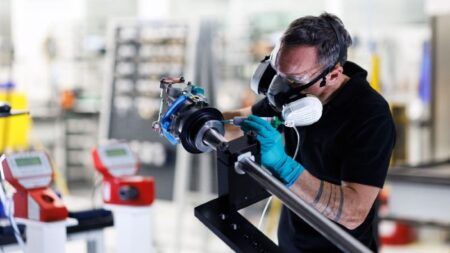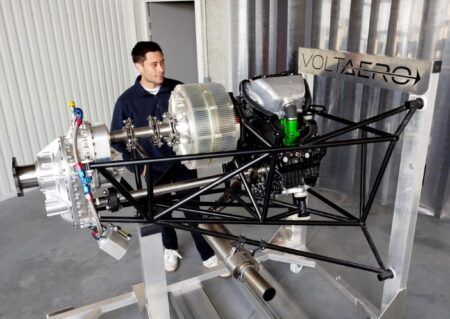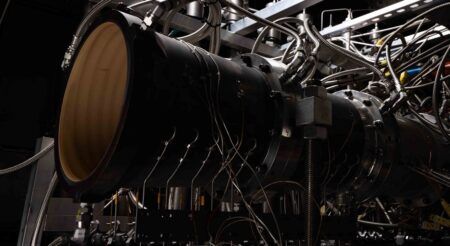Rolls-Royce’s hybrid-electric aero power and propulsion system has delivered more than a megawatt of power during testing for the first time.
Power Generation System 1 (PGS1) reached the milestone at the newly-renovated Testbed 108 in Bristol, UK. Testing is continuing with the aim of reaching up to 2.5MW.
The testing program for PGS1 started in June, while the generator and associated power electronics was delivered to Bristol from Norway in July.
PGS1 is a demonstrator Rolls-Royce engineers are using to prove new propulsion technology for future hybrid-electric regional aircraft. The PGS1 generator could also be used within a “more-electric” system for larger aircraft or within future ground applications.
Adam Newman, chief project engineer of aviation futures at Rolls-Royce said, “We’ve made a tremendous start to testing – reaching a megawatt is a great achievement. Now we want to go further and see what we can ultimately achieve.
“Our generator is about the size of a beer keg, yet it has already produced enough electricity to continuously power around 1,000 homes. When future hybrid-electric aircraft opportunities emerge in the megawatt and above class we want to be as prepared as we can be to offer a ready-made solution.”
As well as the generator, the PGS1 system incorporates an AE2100 engine, specialist controls and a thermal management system.
Both Testbed 108 and PGS1 have been supported by the UK Government funded Aerospace Technology Institute while the development of the electrical generator, motor and power electronics was done in Trondheim, Norway with the support of the EU’s Clean Sky 2 program.





